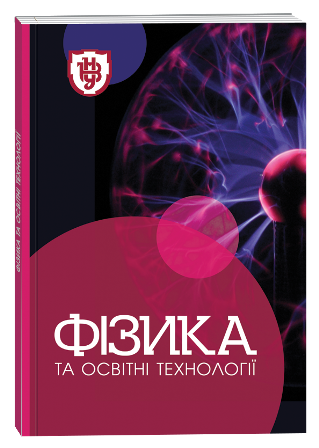THE MECHANISM OF ELECTRON TRANSFER REACTIONS AT THE ELECTRODE-MELT INTERFACE
DOI:
https://doi.org/10.32782/pet-2023-1-5Keywords:
Characteristics of charge transfer, electrode, melt, lifetime of intermediatesAbstract
In the paper, a quantum-chemical calculation of reactions of four-electron charge transfer from the electrode surface to electrochemically active complexes of niobium- and tantalum-containing melts was carried out. The possibility of transferring 4 electrons both in one stage and in successive stages is considered. It was found that for pure heptafluoroniobates and heptaphototortantalates, a stepwise mechanism of electron transfer is beneficial, i.e. one electron at a time, and for electrochemically active complexes – lithium, calcium and magnesium heptafluoroniobates and heptaphototortantalates, one-step charge transfer is a priority, along with the possibility of implementing a stepwise process. For the first time, the temperature factor of the environment in which electroregeneration processes take place was included in such consideration. Within the framework of the quantum-mechanical theory of the elementary act of charge transfer in polar and non-polar media, heterogeneous reactions of electron transfer, accompanied by a significant rearrangement of the charge density of the reacting particles, were investigated using modern quantumchemical calculation methods. In this work, electron transfer is presented as a quantum transition between two potential energy surfaces with a certain electronic state using the example of lithium keptaphotoroniobate, and the life time in the transition state of this particle is calculated in two alternative cases – with one-stage charge transfer and with stepwise charge transfer. The overall results of electrochemical measurements and the results of calculations of geometric, energy, and charge characteristics of EAC and their intermediates in melts provide an opportunity to expand the existing understanding of the mechanism of electrode processes, allowing us to conclude that the transfer of electrons in one stage can be a common stage in electrode reactions and always be considered as one of the options when analyzing the mechanisms of electrode processes (provided that the particle does not exit the reaction channel).
References
Соловьев В. В. Теоретические принципы многоэлектронных процессов восстановления и формирования ЭАЧ в ионных расплавах : дис. д-ра хим. наук : 02.00.04. Київ. 1998. 356 с.
Соловйов В.В., Черненко Л.О. Електрохімічно активні частки та багатоелектронний перенос заряду у вольфраматовмісних розтопах. Монографія. П.: ПолтНТУ, 2009. 162 с.
Бут Е.Ф. Многоэлектронные процессы переноса заряда и электрохимически активные комплексы в ионных молибдатсодержащих расплавах: дис… к-та хим. наук: 02.00.04. Бут Е.Ф. К., 2011. 145 с.
Marcus R.A. On theory of electron-transfer reactions. Unified treatment for homogenous and electrode reactions. J. Chem. Phys. 1965. V. 43(2). P.679-701. https://doi.org/10.1063/1.1696792








